ECG Cases 45 ECG in Weakness and Neurological Symptoms
ECG Cases
SEPTEMBER 12, 2023
Jesse MacLaren guides us through 10 cases of patients who present with generalized weakness or acute neurologic symptoms and discusses how to look for ECG signs of dysrhythmias, electrolyte emergencies, acute coronary occlusion, and demand ischemia in patients with generalized weakness and in patients with neurologic symptoms, to consider predisposing (..)

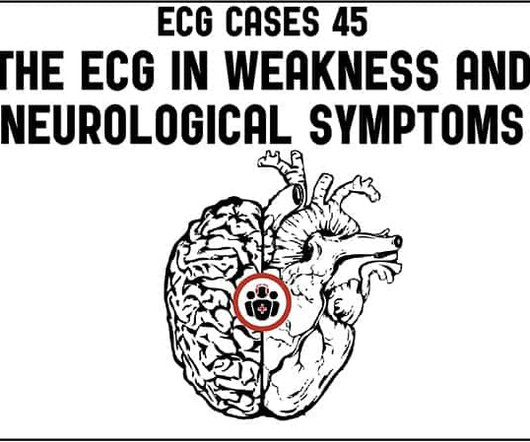

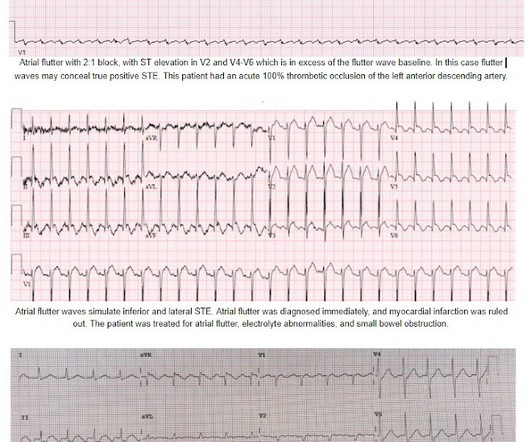
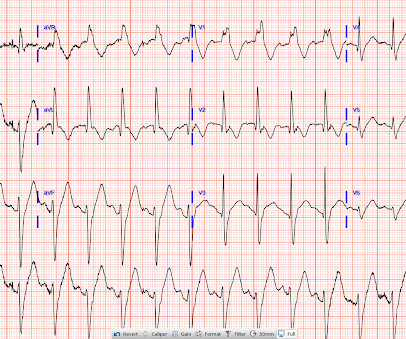
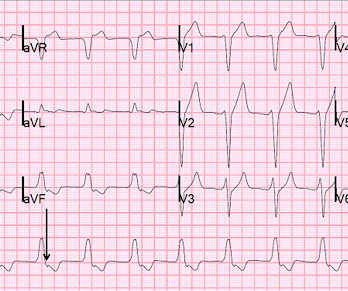
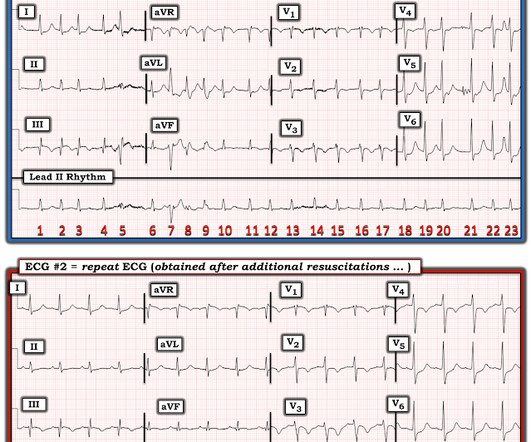
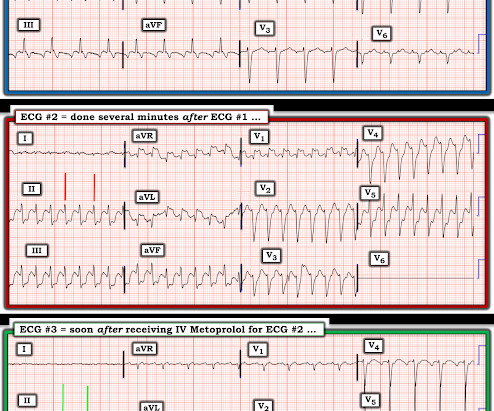
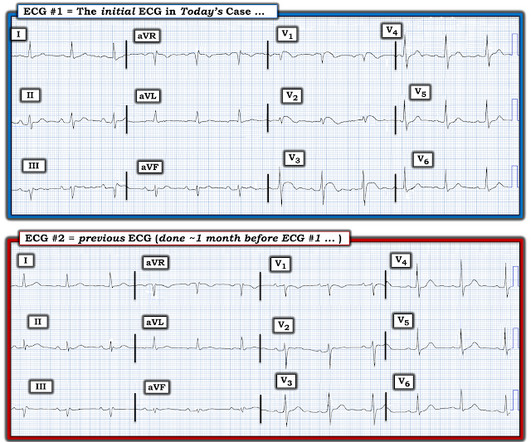


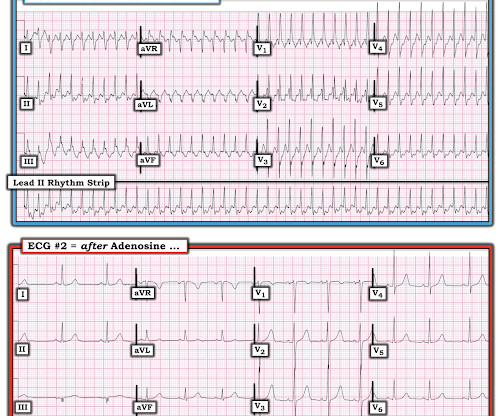
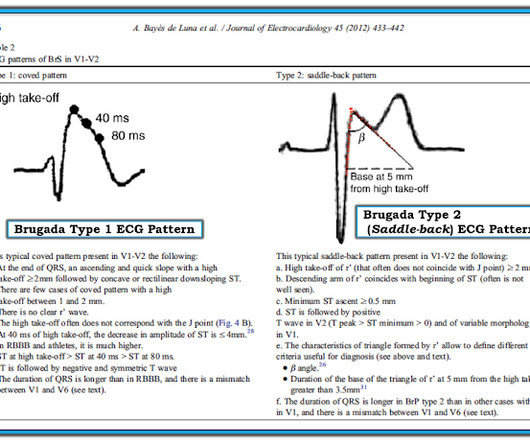
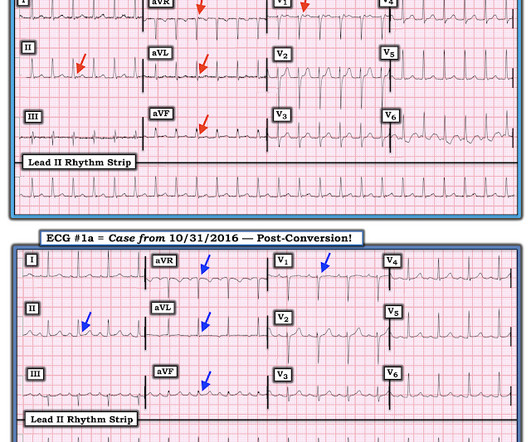
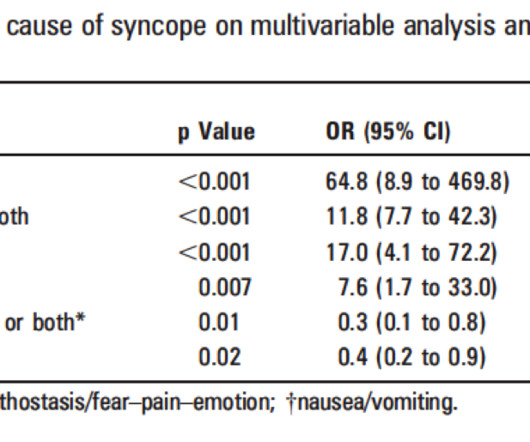






Let's personalize your content